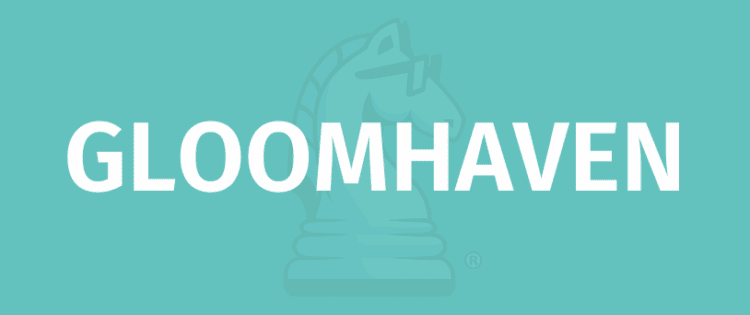
OBJECTIVE OF GLOOM HAVEN: The objective of Gloomhaven is for the players to successfully complete the scenario that they chose.
NUMBER OF PLAYERS: 1 to 4 Players
MATERIALS: 1 Rulebook, 4 Sticker sheets, 85 Character Tokens, 60 Status Tokens, 1 Round Tracker, 1 Element Infusion Board, 24 Plastic Stands, 35 Character Tuck Boxes, 232 Monster Ability Cards, 155 Overlay Tiles, 3 Sealed Envelopes, 1 Party Pad, 17 Character Pads, 32 Summon Tokens, 6 Wood Element Discs, 240 Monster Standees, 20 Map Tiles, 4 Reference Cards, 12 Objective Tokens, 4 Dials, 20 Random Dungeon Cards, 253 Item Cards, 457 Attach Modifier Cards, 1 Map Board, 9 Random Scenario Cards, 150 Event Cards, 504 Character Ability Cards, 1 Town Records Book, 46 Damage Tokens, 24 Personal Quest Cards, 6 Monster Stat Sleeves, 17 Character Boards, 1 Scenario Book, 50 Money Tokens, 24 Battle Goal Cards, 47 Monster Stat Sheets, and 18 Character Miniatures
TYPE OF GAME: Action Queue Cooperative Board Game
AUDIENCE: Ages 14 and Up
OVERVIEW OF GLOOMHAVEN
In Gloomhaven, each player will take the role of an adventurer, trying to make a name for themselves by using their unique set of skills. Players will do many things on their own, but they must work cooperatively to complete certain actions, enhancing their abilities through experiences. Gloomhaven is everchanging, and it is expected that this game is played over the course of many sessions. Each decision help to determine how the story will continue. What will your story look like?

SETUP
To begin setup, each player will collect their required materials for the game. The players are given all of the materials associated with their chosen character, as well as a deck of cards. Once the players have everything that they need, they will begin setting up the scenario. This requires the players to look in the book and orient the map tiles monsters in the correct location.
Two battle goals are dealt to each of the players, and they will choose one to keep and one to discard. Choosing from the ones that are available, the players will choose ability cards that they want in their hand, choosing a number of cards equal to the number of cards that their character can have in their hand. The game is then ready to begin.
GAMEPLAY
Gameplay consists of numerous rounds found within one scenario. The players will play until they lose, or they win in the scenario. Each round consists of four steps that must be completed by all players.
First, players will choose to select two cards from their hand to play, or they may choose to perform a rest action for the remainder of the round. The players will then reveal their cards, and at the same time, an ability card for each of the monsters is revealed. Beginning with the lowest initiative, the players and monsters will complete their turn, completing their actions. Finally, the round will end, and the players may have to cleanup some things.
Players are able to communicate, but they must watch what they say. Players are not permitted to show the other players their cards, nor are they able to talk about the numerical values or titles of their cards, but they can make general statements about the actions that they are planning to complete. If players decide to rest, whether it be short or long, they are able to return all of their discarded cards to their hand except one.

END OF GAME
Once all of the characters and monsters have taken their turns, the round comes to an end. Some cleanup steps may be necessary before the ending of the game can be decided. When a scenario comes to an end, the players will either succeed or fail. Either way, the players will tally the experience and loot that their characters gained throughout the scenario.
If the players finished the scenario, then they won the game! This allows them to read the conclusion text of the scenario and gain the benefits. If they are not playing a campaign, then the players may use money and experience to determine how well the players did.
- 20 CLASSIC OUTDOOR GAMES FOR KIDS - January 3, 2023
- 10 FUN VIRTUAL GAMES THAT ARE PERFECT FOR GROUPS - October 5, 2022
- 35 BABY SHOWER GAMES - September 3, 2022